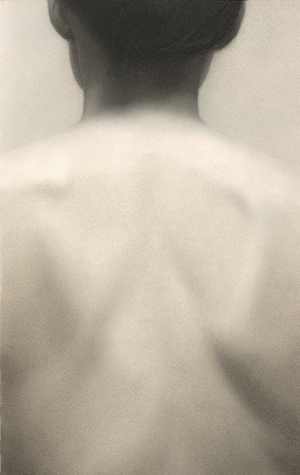We can depict what we see most effectively by simplifying our observations.
Simplifying values produces a much more cohesive, believable drawing than recording every value and minute detail that you see. Artists realized this hundreds of years ago and created a system of simplifying and organizing values called...
The Value Scale
Artists use a system of nine (or more) values ranging from white to black, called a value scale. The scale consists of four light values (values 1 to 4”), a middle value (also called a half-tone), and four dark values (values 6 to 9”). A value scale is essentially a simplified gradation.

Further Links:
https://www.thedrawingsource.com/value-drawing.html
Project #2 Dynamic Value Ranges
There is a difference between how we see values in our experience and how an artist or designer may wish to depict those values. The lightest object in our world humans experience might be the sun -- way too bright to directly at. On the opposite contrast to that would be complete lack of light, the interior of a cave, perhaps. Such extremes are much farther apart than the range of values available to an artist or designer. Sometimes an image may have numerous values within it, expressing a full range, others may show one tonal range or another. For instance, the overall tonality of the drawing is on the light end of the scale, known as high-keyed. Conversly, another drawing may take it's value from the dark end of the scale, which is called low-keyed.
ii. Draw a "horizon" line across your paper
iii. Add one object by mapping it, placing a pencil dot of the top of the form and at the bottom of the form.
iv. Complete the representation of this object created by linear means. Remember the overall color of your object and the drawing inspired by it is to represent a High Keyed drawing!
v. Place a second object in the middle ground, thus this object will be smaller than your first.
vi. Complete both subject matter items via contour edges
vii. Consider the use of atmospheric perspective to illustrate the 'distance' between the two objects. Thus, things further from your eye sight might appear out of focus, closer in value range and 'cooler.' Recall the imaginative story of the trip you will take to the Blue Ridge Mountains. At a distance the mountain range appears in blue / violet / grey. They are also out of focus. Upon driving closer to the mountain range, they come into sharper focus, and enter into full chroma. The distance between the range and the driver is a perfect example of atmospheric perspective at play. This is also an excellent example of how a spatial field moves from optical (imaginative/fictious) color to local color (actual color).









